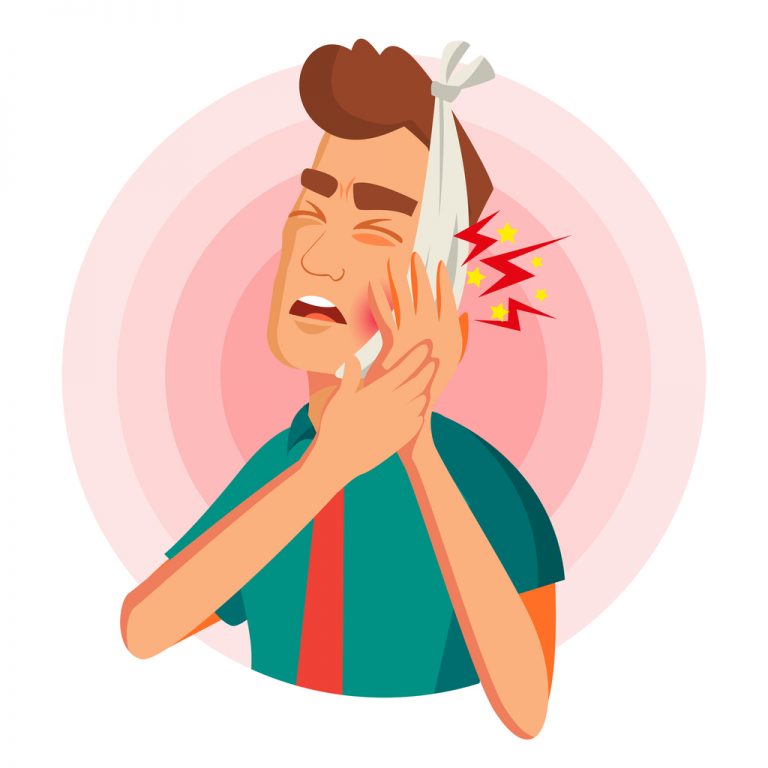Sing Your “Cake” and Eat It, Too! (Part One)
Ever wonder why your voice feels and sounds terrific when you’re singing your vocal exercises, but then the minute you jump into singing your song, you feel tight and the voice sounds strained? One of the biggest mistakes I see singers make is that before singing a song, they warm up a little bit (or not at all) on a vocal exercise or two, and then jump directly into singing their song. This is a recipe for failure, because the first thing that happens when you start singing complete words, as opposed to the lovely “ahs” and “ohs” you were probably using to warm up, is that your speech habits take over. And, my singing friends, your speech habits are your enemy in singing…
“Well, I have to sing words!” you retort. “I just can’t sing on vowels the rest of my life” you add. Fear not— I have a solution to this problem that works every time, for every singer, on any style of song. It’s a practice method I’ve devised called “The Birthday Cake”™ and it will be the bridge between those wonderful vowels you were singing, and the successful final product of singing your song.
“So what’s wrong with my speech habits?” you may ask. It’s nothing personal, it’s just how we all talk! You see, we don’t open our mouths very much to speak, and really don’t need to. Most all our sounds in speech are made in a relatively shallow, horizontal, sometimes tight position, with the jaw almost closed. Also, we speak in a fairly narrow pitch range which doesn’t require a lot of resonating space in the vocal tract, unlike singing, where the higher the pitch you sing, the more internal space is required. Unfortunately, the more closed your jaw is, the more tension you can have in the vocal tract— this could be a tight throat, a collapsed roof of the mouth (soft palate) or a retracted tongue. All of these can contribute to uncomfortable and limited singing. In addition, we tend to make all our vowels by using our biting reflex. Try saying: Ah-Ay-Ee-Oh-Oo, and see if your jaw moves. Did it? As you ‘bite” your way from sound to sound, you can engage tension in your throat.
So— we need a way to “break” or at least relax, our jaw tension in the way we make our vowels, both in our vocal exercises, and in singing the lyrics of our song. We already have to move our jaw to say many of our consonants— there’s no way of getting around that. But if we can keep the jaw fairly relaxed while still making clear vowel sounds, we will be open most of the time. Good singing dictates that you’re on your vowels about 98% of the time (vowels keep the throat open and the sound moving) versus consonants, which often stop or interfere with our airflow. We should lightly form and then release the consonants as quickly as possible.
So— getting “hungry” for that “cake” yet? Let’s begin! Using my metaphor of a birthday cake, with a number of layers until you get to the candles on the top, let’s start with the bottom layer…
1. Place two fingertips, stacked one above the other, between your back teeth on one side of your mouth (wash your hands first!) . Use the left hand on the left side, or the right hand on the right side. This will keep your mouth open and the tongue free. This is what’s known as a “bite block”. These finger tips are going to keep you from biting down as we work on our vowels and consonants. NEVER use any foreign objects in your mouth! Your jaws are very powerful and the object could pop out and choke you. ONLY USE YOUR FINGERTIPS. They’re attached to your hand and not going anywhere!
2. Next, make sure your tongue is all the way forward, resting inside your lower front lip. Many teachers have students rest the tongue behind the lower teeth, but if you have it just glancing the lower inside lip, the tongue is all the way forward and opens the throat space more, for an easier vocal production with greater resonance in the sound. This position is “Home”, where you want to be for taking in breath, and whenever you have the time to sustain the vowel sounds in your words. You do have to move the tongue to say some consonants, but not all of them. You’ll be surprised how often you can go “Home” when singing!
3. Yawn in your inhalation. This will raise the soft palate (back part of the roof of the mouth) which has many positive effects on your vocal production (which we’ll discuss in anther post).
4. Now, sing your song melody on “Ah” only, keeping the first three components that you just set up— vertical space by using the bite block, tongue released forward, and that feeling of palatal lift, which feels like the beginning of a yawn. Now you’ve got an open vocal tract!
Singing your song melody on “Ah” is the first and bottom layer of the cake. You’ve just corrected three HUGE elements of of your technique, and more!
5. Now you can also examine your legato. Are the pitches smooth and connected, and do you feel like you’re “riding the wave” of air as it comes out? (this is legato singing). Or are you stuck in your throat and pushing or manipulating the tone from there? This bottom layer of the cake is your chance to fix this! Once we put the vowels and consonants of your words back, it will mask your articulation (the way your vocal instrument moves from note to note) and this won’t be as obvious. Fix it now!
6. Check for consistent vowel quality. As you glide along through your song melody on “ah” with your fingers in your mouth, does it REALLY sound like an “AH” (think the Ah in the word ‘father’)? Or, does it sound more like “uh” or “eh”? That means there is tension somewhere in your vocal tract, especially in the back of the tongue. Or, if your “Ah” sounds correct sometimes and then morphs into other sounds as you sing, keep striving for consistency. You want everything to be perfectly stable before we move to the next layer of the cake!
SO— you have the first and most important tool going for you now. You can sing an open, consistent “Ah” sound with the proper technique! This will form the basis of the next layers of the cake, which we will discuss in subsequent posts. Take a week and work only on this. Try it on any song. You will be amazed at how much your voice opens up, just doing this. And then, reward yourself— go have a REAL piece of cake!
Until Part Two…







